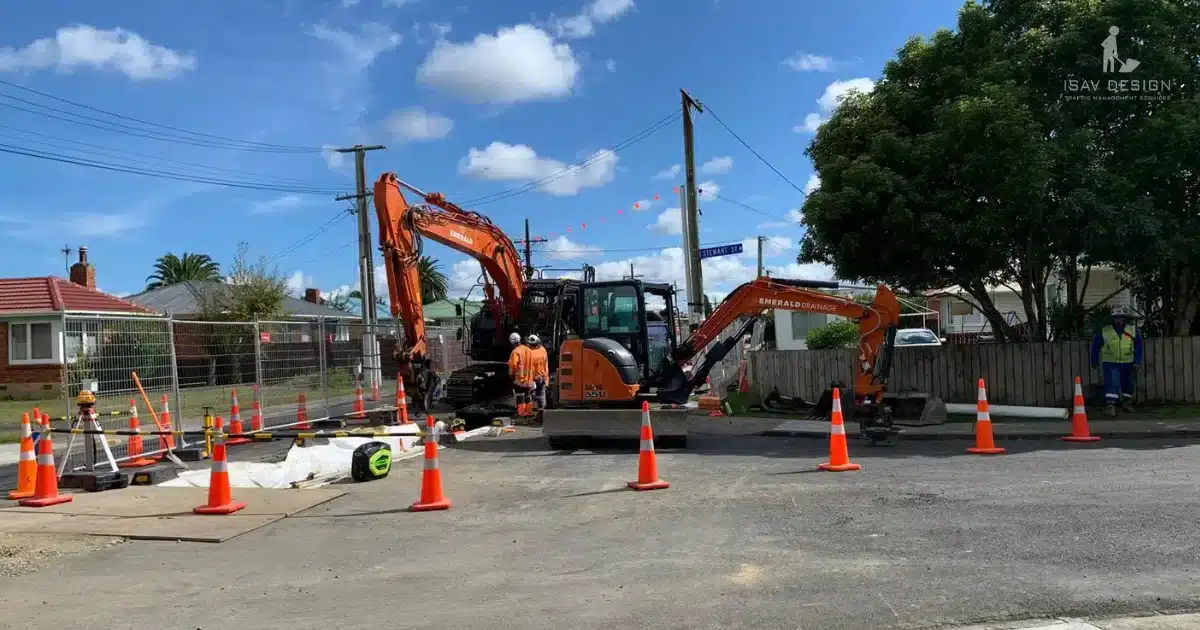The most important consideration on a construction site is the preservation of life. No one would want anyone to lose their life on site, and one of the most important ways to ensure this is to have a temporary traffic management plan in place.
Let us have a closer look at what will be included in such a plan for a construction site and how this makes your site safer and more efficient.
What Is Temporary Traffic Management (TTM)?
Construction sites and large events are typical examples of cases where a temporary traffic management plan is required. While the construction or the event is ongoing, contingencies must be established for the safe movement of traffic in and around the area.
Traffic includes outside vehicles, construction vehicles, machinery, equipment, workers and pedestrians. The volume of traffic flow and the size of vehicles needs to be incorporated.
What Is Covered By A Temporary Traffic Management Plan?
The TTM document will contain all or some of the information outlined here after the completion of a thorough on-site inspection..
- Access and exits – Plans will be designed for the safe entry and exit of workers, machinery, pedestrians and vehicles.
- Walkways – Level pathways for pedestrians with efficient route design will be included.
- Roadways – Safe vehicles route through the site will be designed. Where roadways and walkways intersect the appropriate clear signage and illumination will be included.
- Visibility and obstructions – Safely moving around an area is facilitated by high levels of visibility. The temporary traffic management plan will take into account visibility in all directions across the construction site.
- Barriers – Barriers to prohibit entry to various parts of the construction site will be included. These could be barriers against vehicular traffic or pedestrian traffic.
- Signs, safety equipment and instructions – Required signage, equipment and instructions will be included in the plan as these are vital to their correct implementation.
- Ways to limit traffic on the site – Advice on how to restrict traffic to the site will be incorporated. For example, separate parking areas for construction vehicles, drop-and-go zones and off-site storage facilities.
Steps In The Development Of A Temporary Traffic Management Plan
- Step 1: Analysis of the scope of work and development of the methodology in line with the Safe Work Method Statement and the Site Specific Safety Plan.
- Step 2: Design of the Temporary Traffic Management Plan.
- Step 3: Client approval of the plan.
- Step 4: Submission of the plan to the Road Controlling Authorities for approval.
- Step 5: Implementation of the approved plan.
- Step 6: Ongoing assessment of the plan and refinements as deemed necessary.
Contact the ISAV team today for your temporary traffic management plan. We can consult, engineer, design and execute solutions for all your traffic management requirements.
